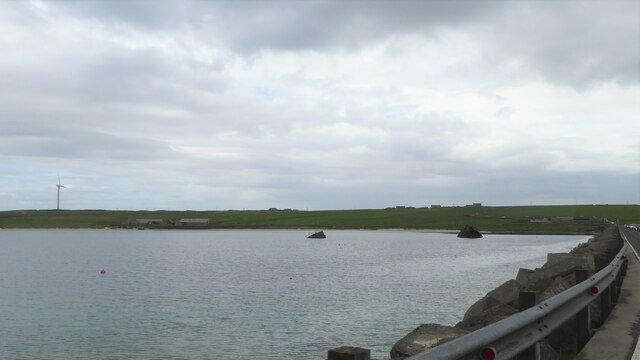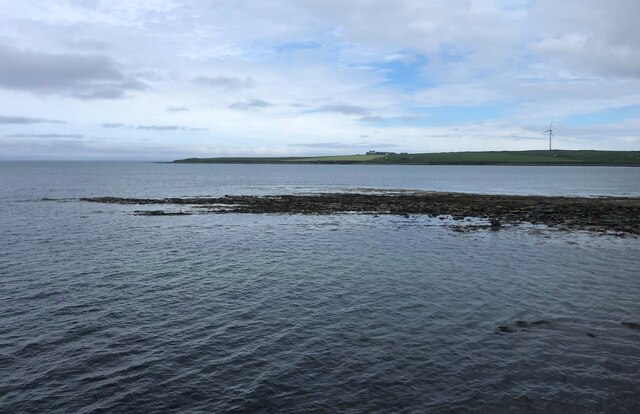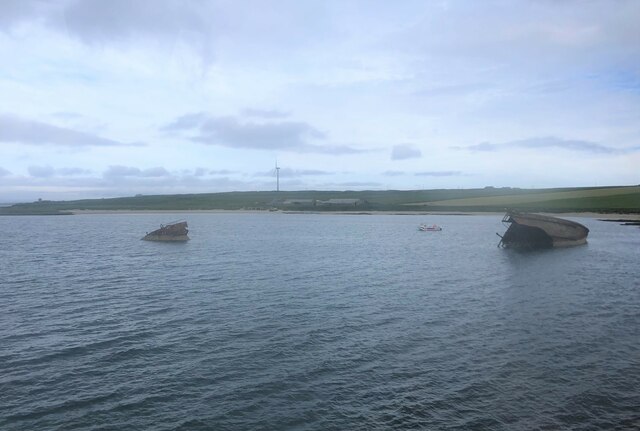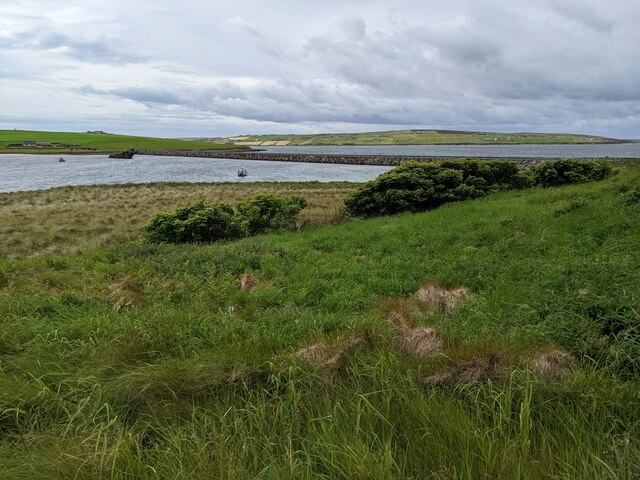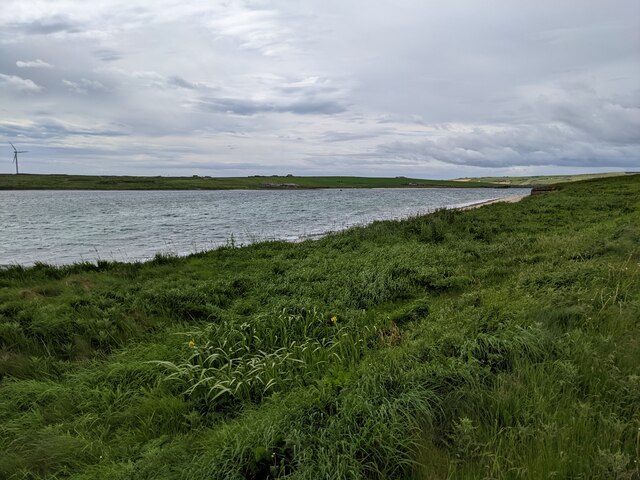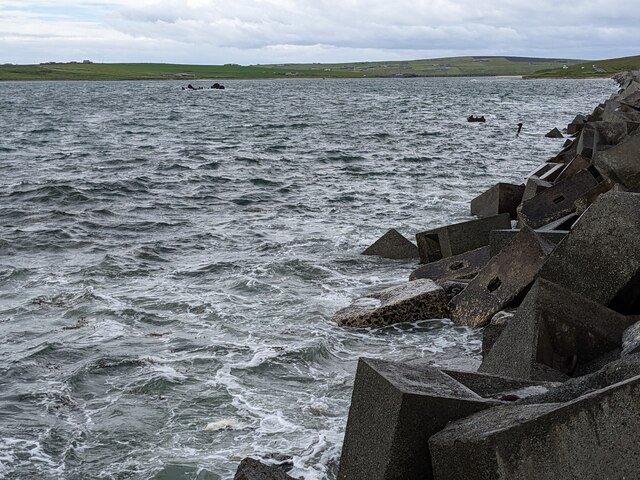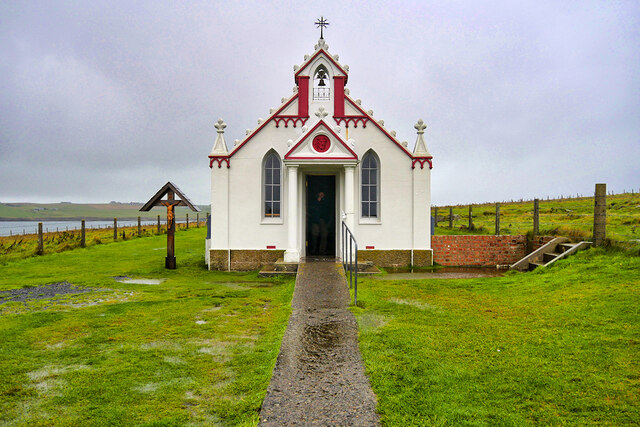St Mary's Bay
Bay in Orkney
Scotland
St Mary's Bay
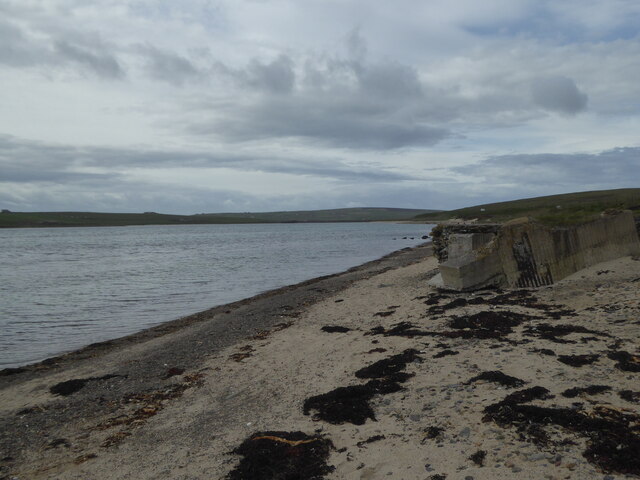
St Mary's Bay is a picturesque bay located on the east coast of the Orkney Islands in Scotland. Situated near the village of St Mary's, the bay stretches along a sandy shoreline, offering stunning views of the North Sea. The bay is renowned for its tranquil and unspoiled beauty, attracting visitors and locals alike.
The bay is surrounded by rolling green hills, providing a stunning backdrop to the sparkling blue waters. The beach is a mixture of sand and pebbles, perfect for leisurely walks or picnics while enjoying the peaceful atmosphere. The bay is also home to a variety of marine life, making it a popular spot for wildlife enthusiasts and birdwatchers.
St Mary's Bay is a haven for outdoor activities such as kayaking, sailing, and fishing. The calm waters and gentle tides make it an ideal location for water sports enthusiasts of all levels. The bay is also a great spot for swimming during the summer months, with its clear waters and relatively mild temperatures.
The bay is easily accessible by road, with ample parking available nearby. There are also public transportation options available for those without private vehicles. Visitors can enjoy the bay's natural beauty, take long walks along the shore, or simply relax and soak in the peaceful ambiance.
Overall, St Mary's Bay is a hidden gem on the Orkney Islands, offering a serene and idyllic setting for those seeking a break from the hustle and bustle of everyday life.
If you have any feedback on the listing, please let us know in the comments section below.
St Mary's Bay Images
Images are sourced within 2km of 58.887448/-2.9134536 or Grid Reference HY4700. Thanks to Geograph Open Source API. All images are credited.
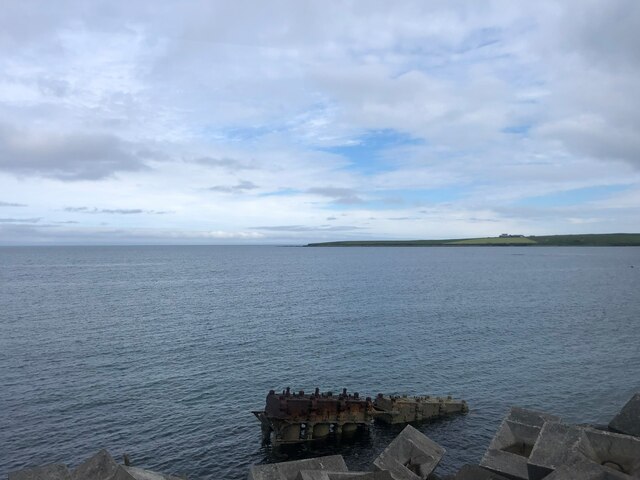
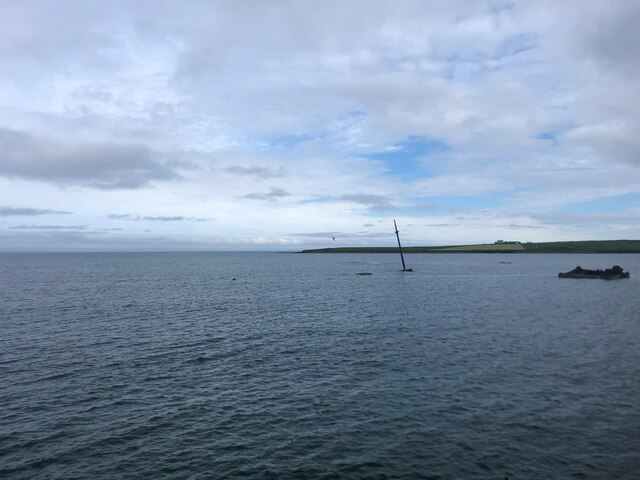
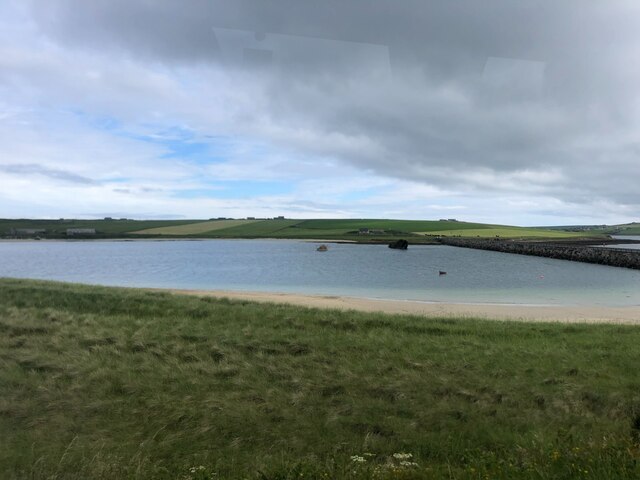
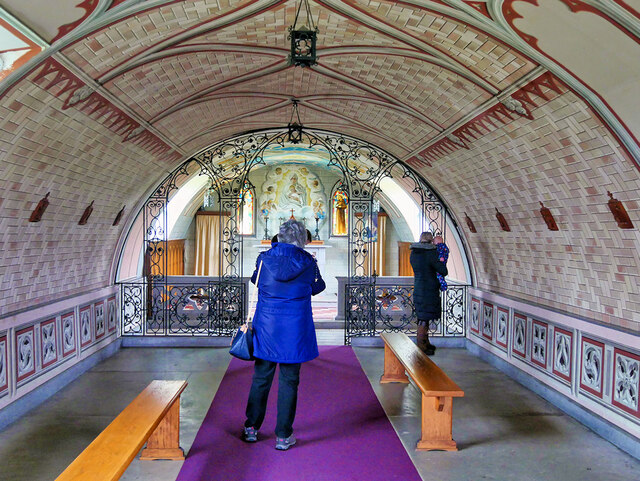
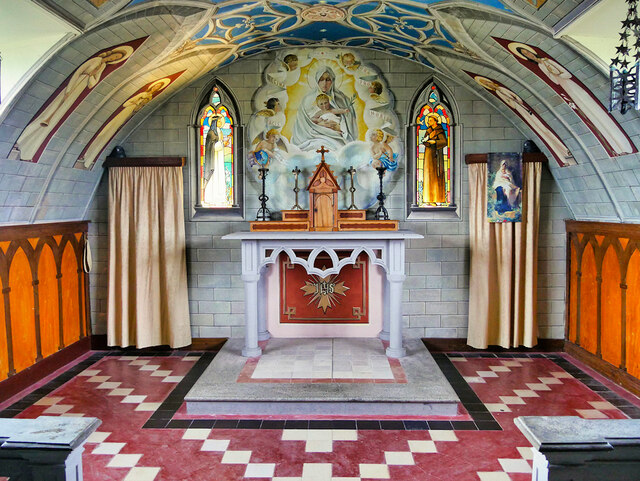


St Mary's Bay is located at Grid Ref: HY4700 (Lat: 58.887448, Lng: -2.9134536)
Unitary Authority: Orkney Islands
Police Authority: Highlands and Islands
What 3 Words
///winters.surveyors.lyricism. Near Holm, Orkney Islands
Nearby Locations
Related Wikis
A961 road
The A961 is a single-carriageway road on the eastern side of Scapa Flow in the Orkney Islands, connecting the town of Kirkwall on the Orkney Mainland to...
St Mary's, Orkney
St Mary's (also known as St. Mary's Holm) is a small village in the parish of Holm on Mainland, Orkney, Scotland. It was originally a fishing port.Orkney...
Broch of Ayre
Broch of Ayre, also known as St. Mary's Broch, is an Iron Age broch in Orkney, Scotland. == Location == Broch of Ayre is found on the northern shore of...
Orkney F.C.
Orkney Football Club is a senior association football club from the Orkney Islands, Scotland. The club was founded in 2012 and competes in the North Caledonian...
Nearby Amenities
Located within 500m of 58.887448,-2.9134536Have you been to St Mary's Bay?
Leave your review of St Mary's Bay below (or comments, questions and feedback).
